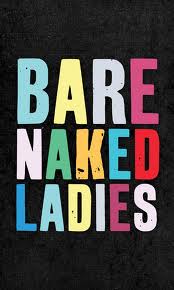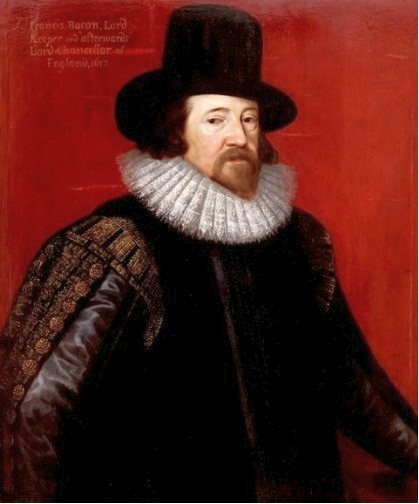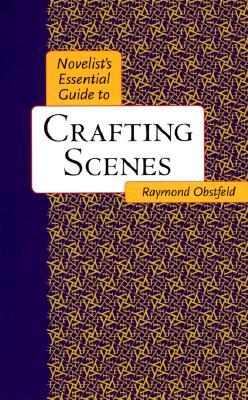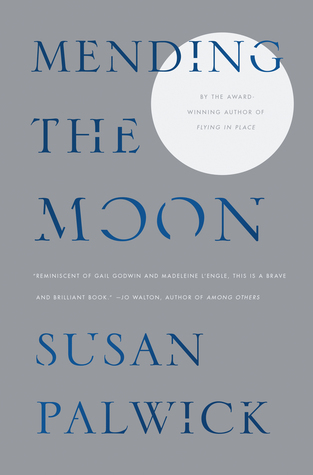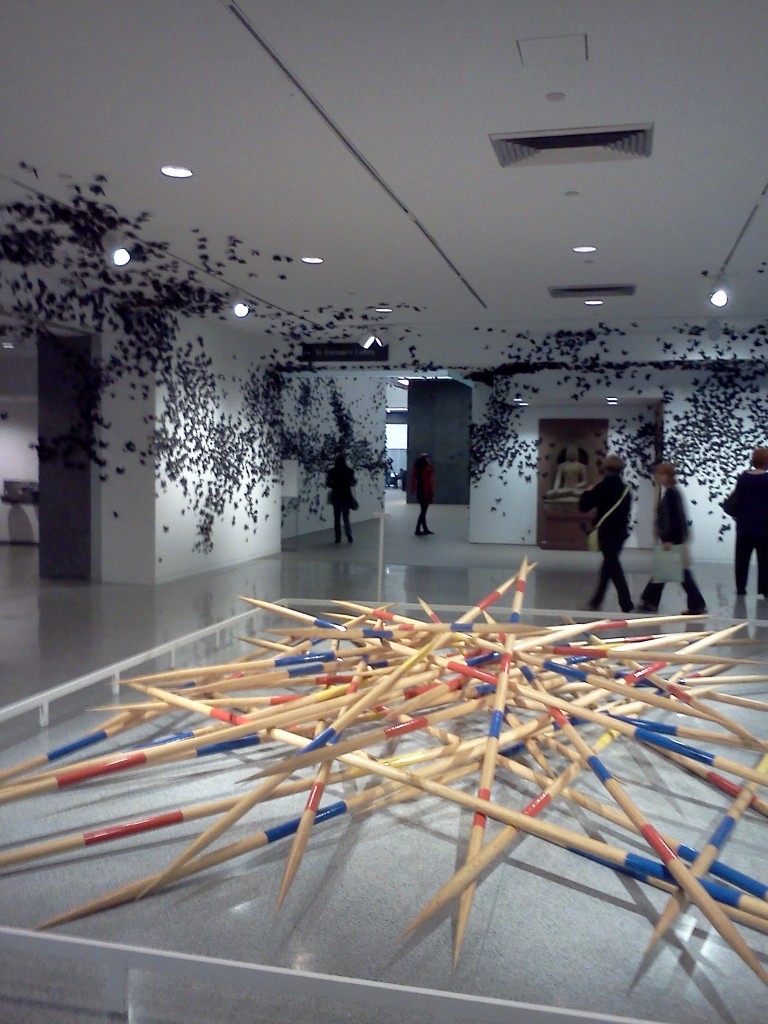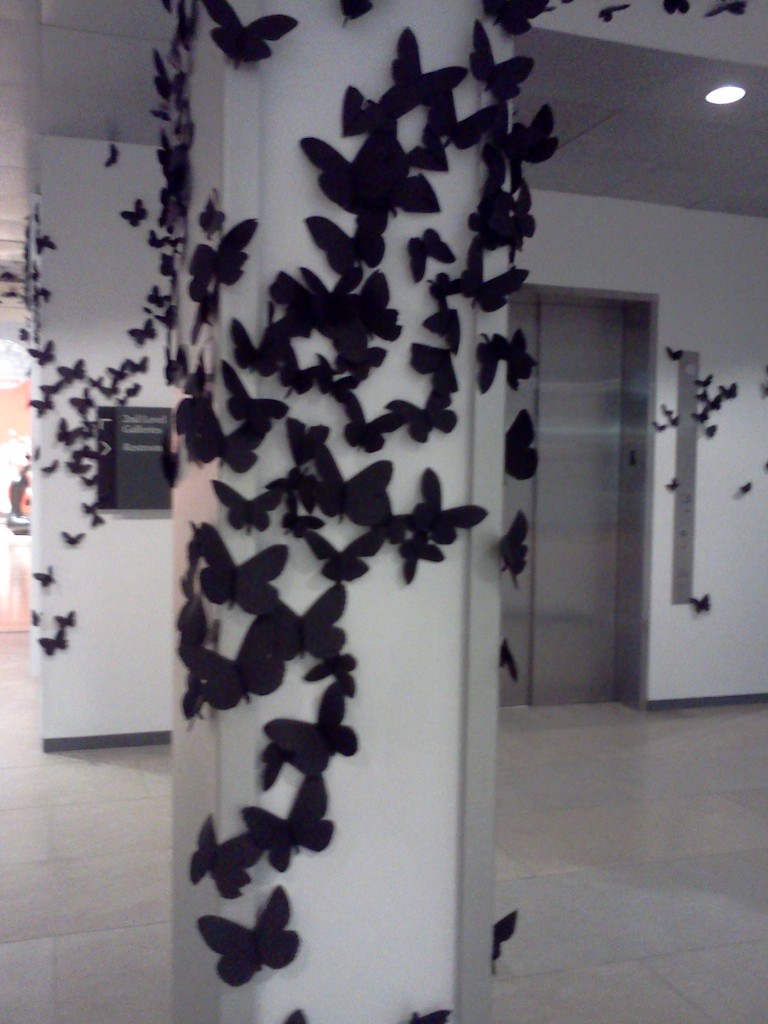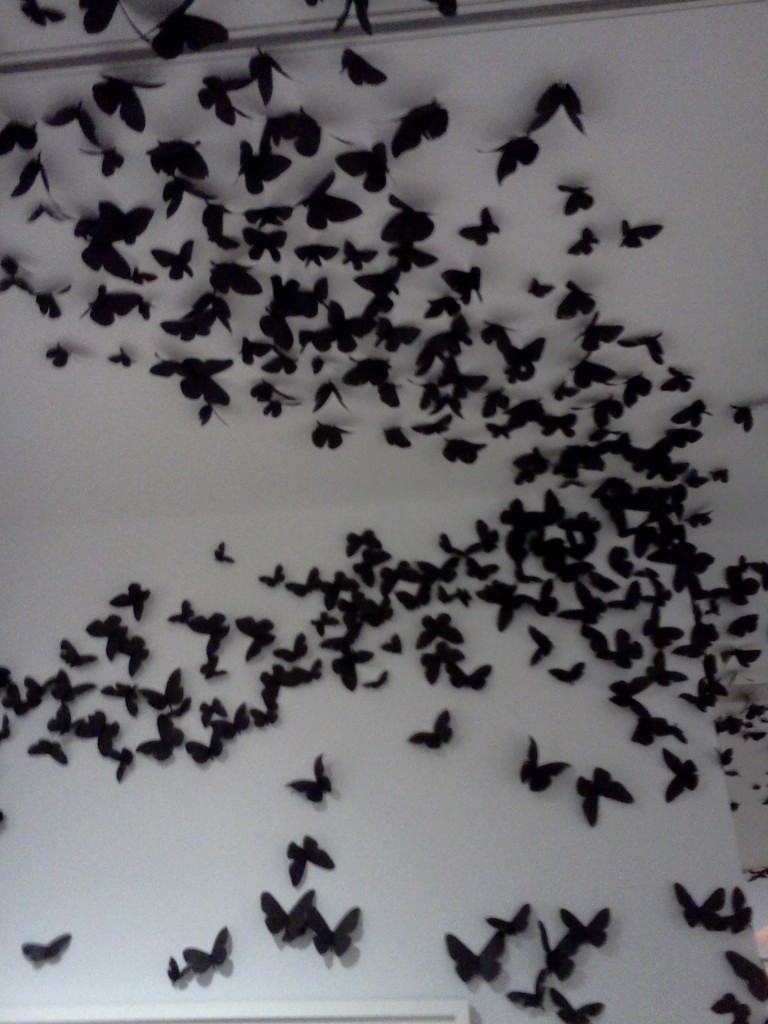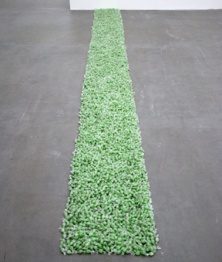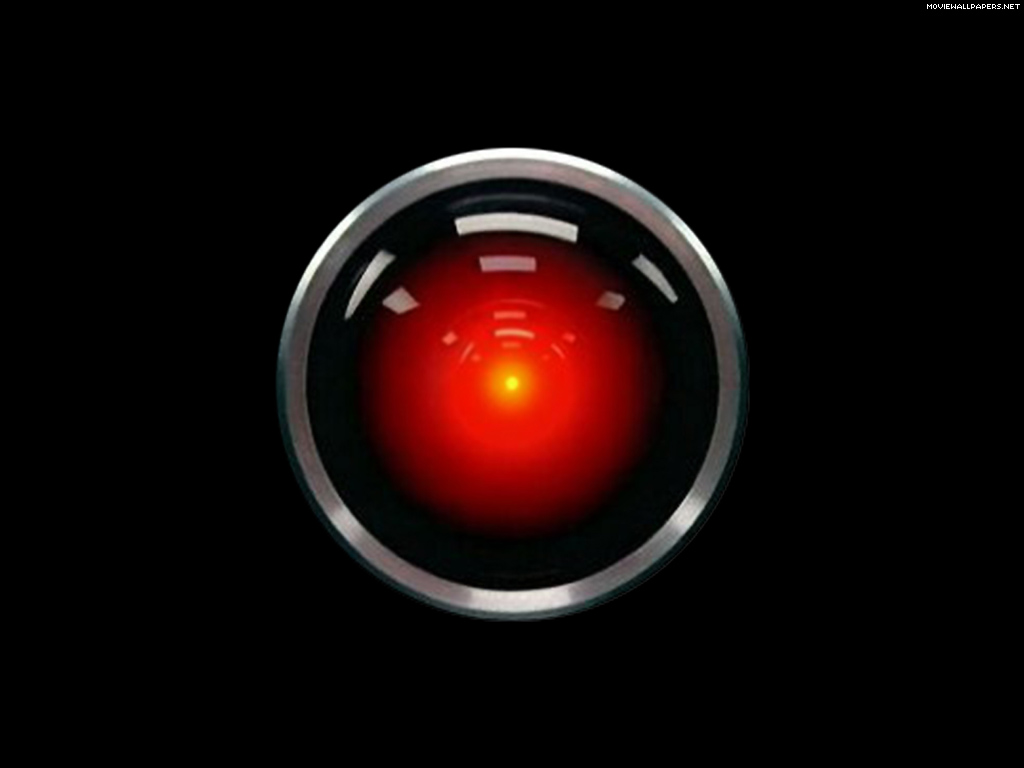
Dear NSA,
News reports say that you are only investigating foreigners with your PRISM program. Yet if that was the truth, you would be losing an amazing surveillance opportunity. I’m sure that in the coming weeks or years, the way in which you are using PRISM to track Americans will become clear. Chances are that Snowden will leak another terribly designed PowerPoint to one of his favorite newspapers.
Before that happens, I’d like to come clean. I’m sure you’re concerned about my 2013/3/19 Google and YouTube searches on electrical explosions and arc flashes. It is true that I watched dozens of videos of electrical explosions, some of them several times. If you follow my Pinterest account (are you one of my 390 followers?) you know that I even pinned some of these incriminating videos. Let me assure you, I have a particularly reasonable, non-harmful to National Security, even justifiable explanation for my behavior.
I am a writer.
I write personal essays and fictional short stories, and I am currently revising my second novel, a steampunk revolving around the heist of a dozen electrical eels. I once wrote a memoir and I even recently took a stab at writing a short play.
In my quest for writing inspiration and in order to provide accurate details to the reader, I use Google and other PRISM partners to search for things that may be on your “red flag” list. In recent years, I’ve researched unaccompanied minors flying on planes, urban occupations in pre-industrial England, wrist slashing, Victorian spies, how to use a knife in a fight, the difference between the Viennese Waltz and the normal waltz, and electrical explosions. All of these searches were strictly for writing purposes, with no intention of applying my newly learned knowledge to real life.
Trust me, I could not do the Viennese Waltz to save my life.
I know your response. You say, why did you spend hours watching videos of electrical explosions, if they only are mentioned in one sentence of your novel? My answer is that I wanted to make sure I got the imagery just right, and that as everyone knows, too much description slows the forward motion of the plot. (If you need me to add a second sentence of description, I will—though any more than that and you’ll have to discuss it with my future editor.)
Another item on my record that you may be particularly concerned about is my recent search on death by electrocution. I would like to assure you that the character who dies by electrocution was a bad guy, on the run from the law. So it’s a good thing he died that way.
From looking in the background of my Skype video calls, which we all know you’ve recorded, you’ve seen that I own a strange collection of books. In an attempt towards complete transparency, I should let you know that I may happen to own The Communist Manifesto. It was required reading in my 11th grade history class, the teacher gave us each a copy, and I never got rid of it. But I’m a fervent capitalist, if not a very successful one (I’m sure you know all about that failed Etsy shop I started back in 2009). Even though I own a red book, you don’t need to worry about me. As everyone who has seen Indiana Jones knows, Communists and Nazis make the best bad guys. If I ever write a Communist character, he will be a villain and I will give him an evil looking mustache.
I like the government. I don’t want any trouble. I just want to write stories and entertain people. I don’t even have plans to write a young adult dystopian novel that rather directly criticizes the government (though you can see some of my favorite dystopian novels on my Goodreads account). Even if my stories sometimes have nuanced characters and ambiguous endings, I’d like you to know that I really am on your side. After all, an entertained public is a more compliant one.
You may be worried—how do you know that I’m actually a writer, since I don’t yet have any published novels? Don’t worry: I’m working on that. And if waiting on agents and editors starts to bother you, let me know and I’ll self-publish on Amazon.
Feel free to use my steadily growing file of Google searches and Facebook statuses as you will. My only request is that if I ever become a famous author, please don’t publish any of my unfinished manuscripts. Because of your backup servers, I will never truly be able to delete them, and I would hate to have an unfinished sentence, story, or idea scrutinized and analyzed by high school English classes (though if you personally want to analyze my unfinished thoughts, I publicly give you permission do so).
With my deepest regards,
Katherine Cowley (A Writer)



